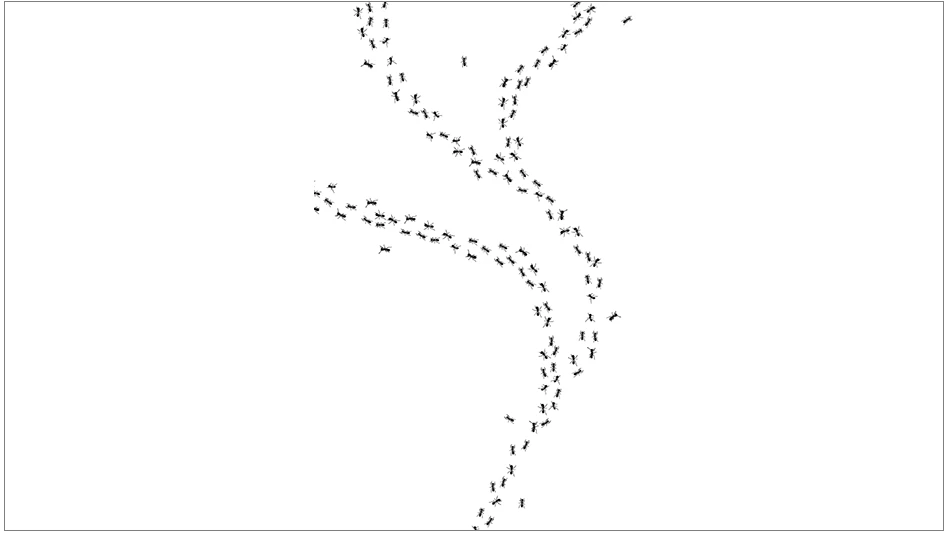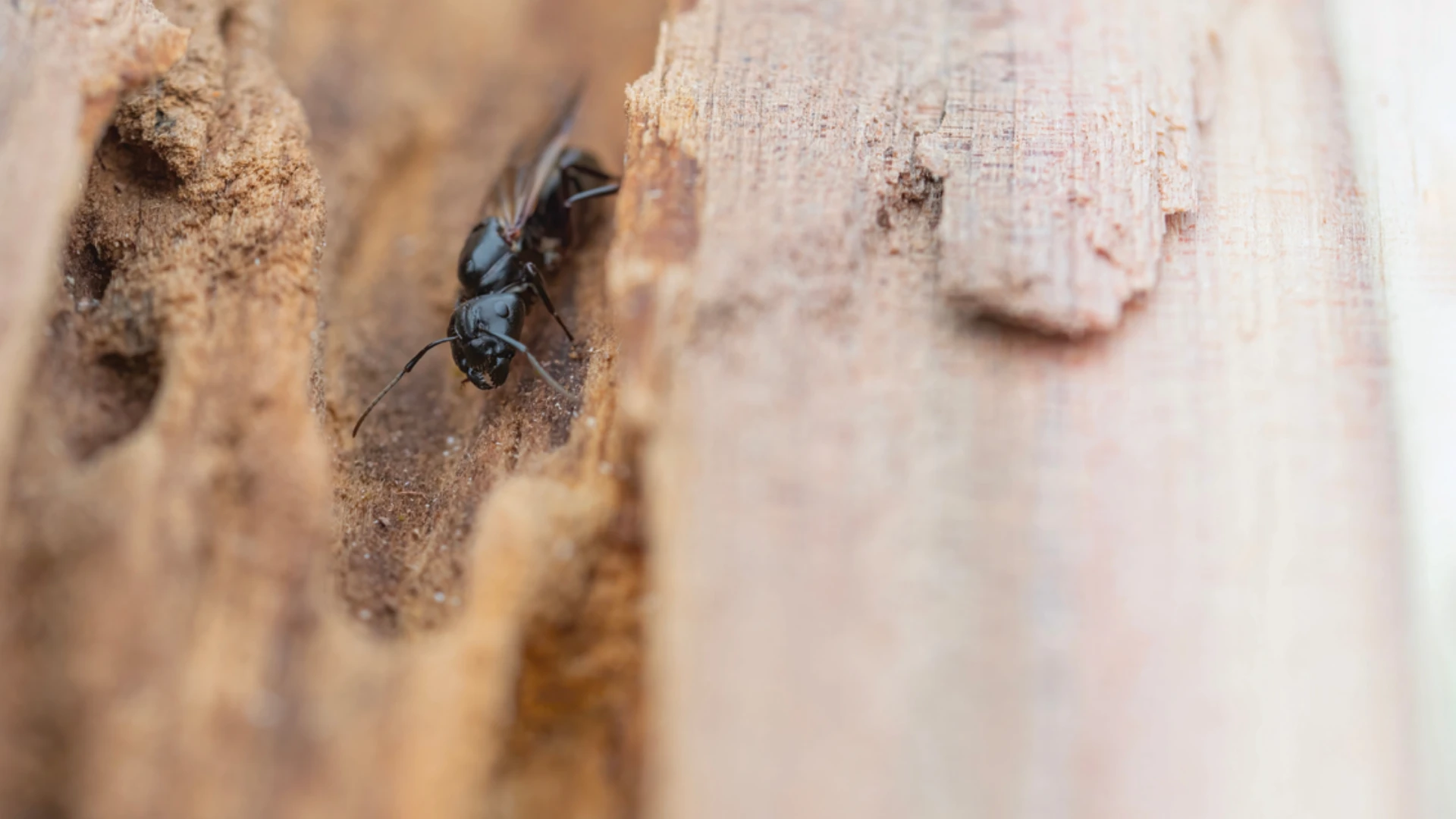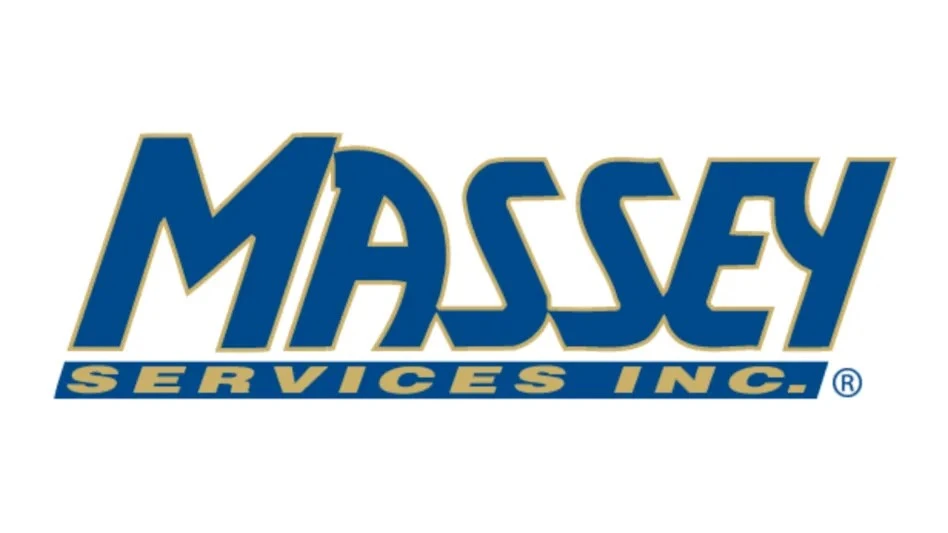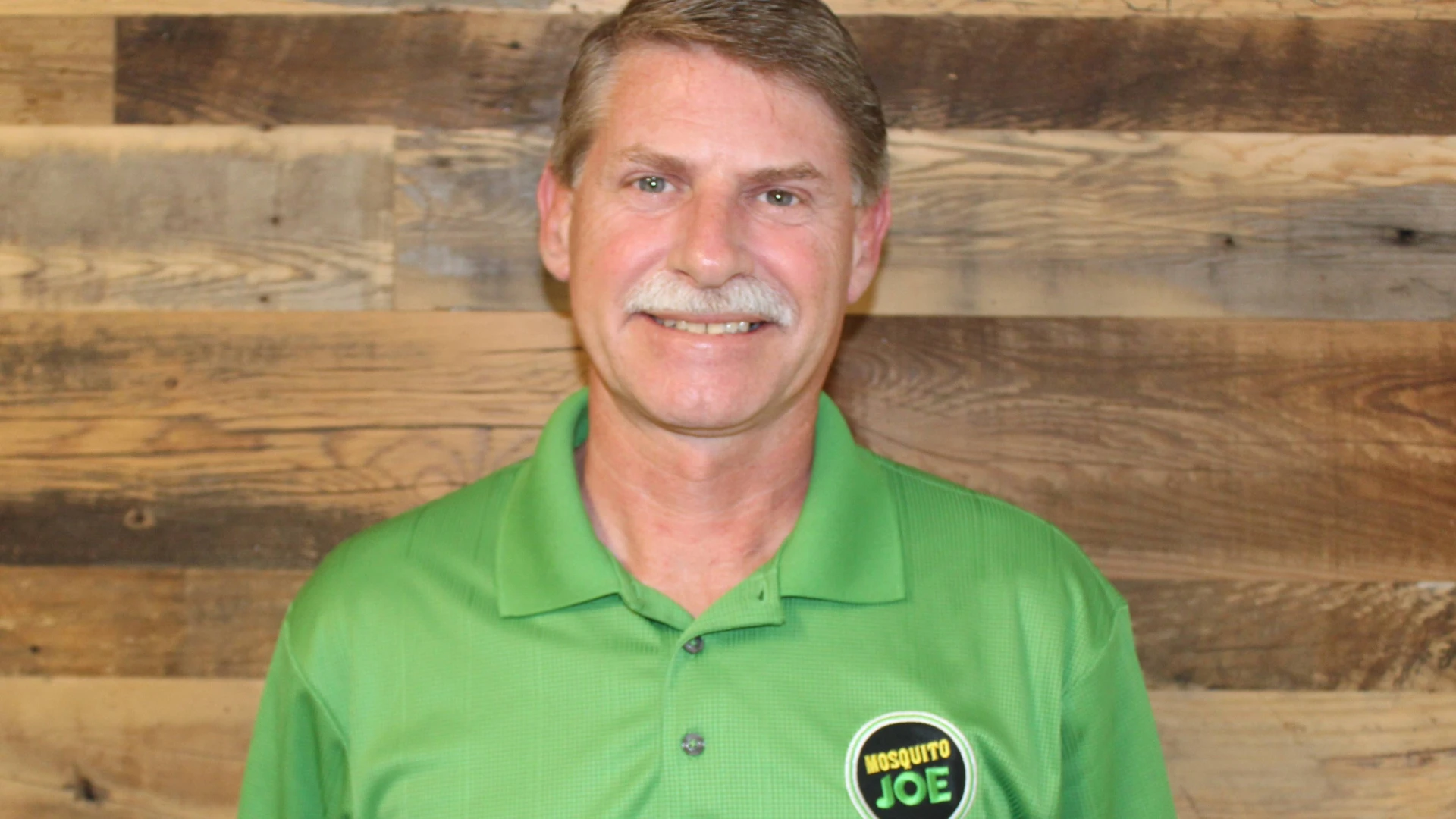PCT checks in on some of the hottest issues facing today’s termite control professionals. From exclusive research and new product information to monitor-only options and a regional swarm status report, here’s everything PCOs need to know about this year’s termite market.
For many pest managers, termites have become old news. Not since the days of chlordane have companies been so satisfied with their termiticides and confident in their ability to meet client expectations. Less than 5 percent of respondents in a recent Midwest survey said that termites were the hardest pests to control (bed bugs topped the list at 51 percent, followed by ants [30 percent] and cockroaches [14 percent]). Similar sentiments about termite manageability are being expressed elsewhere around the country.
What a difference a decade makes — in the mid-1990s, pest control firms were routinely experiencing re-treatment rates in the double-digits; many were contemplating getting out of termite work altogether. Lawsuits and damage claims were sapping profitability from the business. Despite fewer concerns about stopping termites, companies today still ponder over which service programs to offer. This article takes a hard look at the state of termite management, raising some important questions that could reshape the industry in the future.
THINK LIKE A TERMITE. Research on subterranean termites increased tremendously in the past 10 years, fueled by an industry needing answers. The trend continues, far outpacing research on all other urban pests. At the December 2006 meeting of the Entomological Society of America, more than 50 research papers were devoted to termites. In comparison, 12 studies were presented on ants, three involved cockroaches and only two dealt with bed bugs — a clear "disconnect" relative to which pests are considered most difficult to control. Despite all the effort directed at termites, no one has been able to definitively answer the question troubling many industry professionals: "Where have all the termites gone?" (See "Where Have All The Termites Gone?" PCT, Feb. 2006).
Theories for the declining swarms in recent years range from weather to the cyclical nature of termite activity. Others suspect today’s termiticides and their potent effects on termite populations. While large-scale impacts haven’t been determined, companies probably lose potential business when products exterminate termites threatening the house "next door." A decade ago, who would have thought we’d be questioning whether the industry’s termite products might be too effective?
While the reported decline in swarming remains a mystery, other areas of investigation have advanced. Studies examining effects of baits and non-repellent liquids on termite populations are noteworthy from a management standpoint. Non-repellency, delayed action, and toxicant transfer among nest mates have proven very desirable traits in a termiticide. Products with these characteristics tend to be more forgiving — akin to bringing a chainsaw to a knife fight. Growth-regulating baits, such as Sentricon, Exterra and Advance TBS, have been shown to have more widespread effects on termite populations than non-repellent liquids, mainly because they are slower acting. Whether there is an advantage to killing termites on a larger scale, farther from structures, is unclear. Some experts believe that elimination of entire termite populations is important, at least in some situations. Others think this is unnecessary, so long as the structure itself is protected. The debate may be mostly academic considering how well both baits and non-repellent liquids are performing.
During the past year, termites and their capabilities were hot topics for the news media. In the aftermath of Hurricane Katrina, rumors surfaced on the Internet that Formosan subterranean termites were being spread nationwide in landscape mulch produced from debris in New Orleans. The rumor spread like wildfire, causing a deluge of questions from property owners for termite companies and entomology departments. While termites often do infest mulch around buildings, the chances of them surviving chipping, bagging and transport are unlikely according to most experts. Quarantines in New Orleans also prohibited the transport of wood debris. This is just another example of how quickly misinformation can spread via the Internet. (See "Disinformation" on page 74.)
TERMITE DETECTION. Nothing trumps hard work and a keen eye when performing termite inspections. Even experienced inspectors, however, can overlook hidden infestations. There has long been an interest in non-visual termite detection that is dependable. Infrared cameras like the IR-100XS (Protec USA, Miami, Fla.) are being used by some companies to detect tiny temperature variances produced by moisture and termites. Two radar-like devices also are being marketed that detect movement of termites through solid objects (Termatrac, Protec USA, Miami, Fla., and PestFinder, PestFinder, Fair Haven, N.J.). Carbon dioxide detectors are also on the market (Termite Detection Systems, Oak Island, N.C.), similar to those developed years ago to detect methane, another gas emitted by termites. Other companies are using acoustic emission equipment like the AED-2000 (Acoustic Emission Consulting, Fair Oaks, Calif.) for detecting subtle sounds made by termites in wood.
While each of these technologies can find termites, they tend to be pricey, at least by industry standards. Companies willing to pay thousands of dollars for other kinds of equipment like spray rigs have not yet perceived similar value in these tools. Apart from the price tag, some are cumbersome to use while working overhead or in crawl spaces or attics. Personnel who do not use the equipment on a regular basis may have difficulty interpreting results. For the time being we remain an industry mostly dependent on flashlights and screwdrivers. Many companies performing termite inspections still lack moisture meters, or tend to leave them back at the office.
BAITS. In the mid-1990s, Dow AgroSciences rocked the pest control industry by launching Sentricon, the first modern-day termite bait. Other manufacturers soon introduced their own baiting systems (e.g., FirstLine, Exterra, Advance), recognizing the need for alternatives to soil-applied liquids. Millions of customers liked the non-invasive approach and the fact that less pesticide was used in and around their homes. In 2007, baits continue to be an important and effective weapon against termites, but the pendulum is moving once again — this time in the direction of non-repellent liquids. Bait manufacturers are striving to reverse this trend by addressing the single biggest complaint of baiting programs: labor. Termite baiting can be maddeningly tedious from the standpoint of recordkeeping, monitoring and maintenance. Consequently, all the leading baits now have labels that allow less frequent, bi-monthly or quarterly visits as opposed to monthly. Don’t be surprised if the interval between services widens farther in the future, perhaps even to once per annum. Coming back four times a year for the rest of ones’ life to inspect for termites doesn’t play well with consumers seeking a simpler and less costly termite solution.
Better baits and stations have already reduced the time and tedium of servicing. Nevertheless, the current paradigm of installing baits at 10- to 20-foot intervals around the outsides of buildings seems inefficient for getting termites to find and eat the termiticide. A more continuous length of bait installed like an edible/durable fire hose might be more efficient (see "The Changing Face of Termite Control" PCT, Feb. 1999). Such a design might even allow the use of faster-acting ingredients, since more termite foragers would be involved in transferring toxicant throughout the population. Which raises another question: Do termite baits necessarily have to be inspected? Many details would need to be worked out with such a system but if proven successful, companies and customers might love it. Things can change quickly in termite management. A product or approach may seem unbeatable today, but interest tomorrow may shift in an entirely different direction.
MONITOR ONLY. Some companies also are providing termite monitoring services to their pest control clients. Stations below ground are provisioned with wood or other cellulose material and periodically checked for termites. The intent is to detect them before they enter the building so that control measures can be taken. Various station designs help make detection and servicing easier. Visual alert monitors such as Termiscope (633 Envisions, Covina, Calif.) and Green Eyes (Angel-Leigh Corp., Port Charlotte, Fla.) signal the presence of termites by releasing a green pop-up stem or gravity-receding ball from the top of the station. Dow AgroSciences also has a monitor-only product (Halo) that alerts when termites chew through a paper sensor with a conductive trace. A hand-held indicator is used to inspect unopened stations to determine if the circuit inside has been broken by termites.
Whether such devices are a "good idea" depends partly on one’s perspective. From an industry standpoint, termite monitoring can be an excellent source of recurring revenue. If termites are found, there’s a good chance the client will then purchase some form of treatment. For existing termite customers whose homes were treated with a liquid, in-ground monitoring can be offered as an additional value-added service. From the customer’s perspective, preventive monitoring can provide additional peace of mind that their home is protected. "It’s the known vs. the unknown," Paul Hardy, Orkin’s technical director in Atlanta, says about monitoring for termites. "Consumers don’t want to spend the money for a termite treatment but they’d like to have some idea of their termite threat level."
Finding termites in the yard, however, does not necessarily mean an inevitable infestation of the structure especially if it was previously treated with today’s reliable residual termiticides. Research suggests that termites feeding on monitors near non-repellent treated zones usually die within weeks or months. Therefore customers may be better off receiving periodic inspections of the building, and if additional prevention is desired, receiving an exterior perimeter treatment.
If termites are found via Orkin’s monitoring program, "then you do whatever treatment is necessary. Sometimes that’s nothing. If the termites are found 2 or 3 feet away the termites may not be a threat to the building," Hardy said.
RETURN TO LIQUIDS. For many firms, non-repellent liquid termiticides (e.g., Termidor, Premise, Phantom), have become products of choice for termite management. The remarkable thing about them has been their reliability. Most companies report very few treatment failures often 1 percent or less compared to the double-digit re-treatment rates that were common during much of the 1990s. While subtle differences are being reported regarding their effects on termites, each product is non-repellent, relatively slow acting, and lethal to termites in the soil. It is noteworthy that these characteristics were also present to a degree in chlordane. While the main effect appears to be from termites contacting treated soil, toxicant transfer among nest mates also has been demonstrated with each product. As a consequence, untreated gaps in the vicinity of treated zones are less likely to be breached by termites, affording a level of forgiveness not seen with repellent materials.
Apart from their reliability, the big news about non-repellents continues to be application technique. While many companies still offer conventional (whole-structure) applications, others are performing "perimeter" treatments, principally utilizing the Termidor EP/LIT (exterior perimeter/localized interior treatment) label amendment. According to Dr. Byron Reid, product manager for Bayer Environmental Sciences, the EPA registration decision on a similar label amendment for Premise is anticipated in the second quarter of 2007. (See related story on page 56.)
The perimeter treatment concept has been studied, discussed and debated since the late-1990s (see "Thinking Outside the Box" PCT, March 2001; "Trench Warfare" PCT, Feb. 2003). Many people were skeptical, predicting that the non-traditional approach would result in mass failures and angry customers this has not happened. According to the respected industry professionals PCT contacted, the performance of perimeter-type treatments has been remarkable. Orkin’s Paul Hardy reports that of the several thousand Termidor EP/LIT applications made in 2005, few if any required re-treatment in 2006. Middleton Lawn & Pest Control in Orlando has been evaluating perimeter-mostly termite treatments for more than five years. According to Dr. Phil Nichols, the company’s technical director, less than one percent of the 24,000 jobs performed during this period have required re-treatment. All are backed by a repair guarantee with almost no exclusions. Kevin Pass, entomologist and president of Action Pest Control with offices in Indiana and Kentucky also reports "basically 100 percent effectiveness" of their EP/LIT Termidor treatments.
Companies performing "perimeter" applications report using substantially less termiticide (about 30 to 50 percent less) than traditional applications. Potential indoor exposure has been reduced, both for occupants and applicators. Fewer walls, floors, carpet and tile have been drilled, cut or removed, making treatments nearly as non-intrusive as baiting the gold standard for minimizing disruption and indoor exposure to pesticides.
One industry concern about perimeter applications — an adverse effect on pricing — is becoming more of an issue. Pass of Action Pest Control, Evansville, Ind., notes that while "the positive is effectiveness, efficiency and virtually no damage claims, the negative is pricing pressures and the commodity purchasing effect on a service offering." Some firms are holding the line on pricing by offering unique and appealing service agreements, including joint termite and pest control contracts. At a more affordable price, it’s also likely that more customers would want termite protection for their home even if not currently infested. As a result, the renewal base of companies performing perimeter applications could increase substantially.
According to PCT’s readers, the results are mixed on how perimeter treatments have affected pricing. When asked in a December 2006 Internet survey, "How has the recent growth in popularity in perimeter termite treatments impacted the price of termite jobs in your area?" one third (33.5 percent) of 175 pest management professionals reported prices have remained the same while almost the same amount (36 percent) said that prices have decreased modestly.
While 10 percent said prices of such treatments have decreased dramatically, one-fifth (20.5 percent) said prices have increased modestly.
NEW PRODUCTS. More liquid termiticides could reach the market in the next few years. Syngenta Professional Products continues its development of thiamethoxam, a non-repellent related chemically to Premise. The company also has a growth regulating bait (lufenuron), which could be marketed soon as well. DuPont, a newcomer to the termite industry, is developing indoxacarb, another non-repellent with interesting characteristics and a different mode of action. FMC Corporation, reportedly, is taking a very different approach by combining a short-lived, non-repellent termiticide (acetamiprid) with a long-lived repellent (bifenthrin). One might think it counterproductive to combine a non-repellent with a repellent pyrethroid for termite control. Preliminary reports suggest, however, that the combination product is performing well in field trials.
Although new chemistry is exciting, the biggest impact during the next five years will likely be from generics. Several pyrethroids as well as the active ingredient in Premise (imidacloprid) are currently being marketed generically and more are expected in the future. This is having a big effect on pricing — appealing in the short-term for applicators but not necessarily long-term for the overall industry. As products go off patent, basic manufacturers find it harder to recoup their research and development costs. As a result, research and support may have to be curtailed, hurting the entire industry. The ramifications of this would be felt on many fronts, ranging from fewer innovative products to diminished financial support for educational meetings and events. A precipitous drop in price caused by a flood of generics could further lower prices for treatment, as it did in the era of chlordane. When fipronil goes off patent in 2010, it could have an especially profound effect. Picture generic versions of Termidor costing a dollar or less per finished gallon — not too farfetched considering a gallon of generic chlordane once sold for less than 50 cents. If the aforementioned scenario happens (and some insiders think it will), how will more costly new chemistries/technologies compete? Questions may arise whether the quality and performance of a generic termiticide is comparable to that of the original. For certain products this may be true, for others, perhaps not.
One way manufacturers are extending the uniqueness and value of their products is through redesign. A good example of this is Bayer’s new Premise granules. The first termiticide of its kind, Premise granules can be broadcast in a perimeter band or incorporated into the trench as a spot treatment. According to the manufacturer, termite activity is reduced for several months or longer depending on amount applied. Premise Granules are not meant to be a replacement for standard liquid or bait applications. Companies are using them to add value to their renewals and inspections, as well as before a full structural treatment is performed.
Another consideration when generics flood the market is over-the-counter availability to consumers. Manufacturers may be required to put new emphasis on OTC products and solutions to return greater value to their shareholders. Although homeowners are generally unsuccessful at controlling their own termites, today’s more forgiving materials might make a difference and further devalue the market for professionals.
REGULATORY HURDLES. Termidor’s perimeter labeling ended 50 years of thinking that termiticides must be applied in every conceivable location where termites might enter. Truth be told, no studies have ever shown that "4 gallons per 10 linear feet per foot of depth" is the most effective application rate for controlling subterranean termites. Nowhere is this more evident than in current treatment instructions pertaining to deep foundations. Research, logic and experience suggest that deep-rodding of foundations and routine drilling of full basement floors is unnecessary, especially with non-repellent termiticides (see "Thinking Outside the Box" PCT, March 2001). Although termite tunnels at times extend deep into soil, most foraging occurs in the upper few feet since this is where most of the oxygen and food resources, such as plant roots, are located. Termites that might be tunneling deeply around foundations should eventually encounter non-repellent termiticide residues nearer the soil surface.
It will be interesting to see whether the current 4-foot minimum depth requirement when treating deep foundations is amended (perhaps to 2 feet) when using today’s more forgiving non-repellent materials. Such an amendment seems reasonable considering that almost everyone is encouraging the industry to use less pesticide. Fewer gallons in the ground would reduce the risk of pesticide seepage into buildings. It could also lower the overall treatment cost for applicators and consumers.
In PCT’s recent termite survey, one third of respondents said they did not think language reading "apply 4 gallons per 10 linear feet per 1 foot of depth" is appropriate for today’s liquid termiticides. Almost half (49 percent) of PCOs said they did agree with that language and 18 percent said they were unsure.
Another important new issue involves products that kill termites but do not provide sufficient structural protection to be considered stand-alone termiticides. Premise Granules are an example and others are likely to follow. Such products must have a "kills only" statement on their label indicating they are not to be used as sole protection against termites, are not designed to offer structural protection, and will not prevent future infestations. Premise Granules will be a good indicator of how "kills only"-type termiticides are perceived by the industry. There may be other use patterns in which relatively short-lived termiticides could in fact provide structural protection. Mandatory inspections and periodic booster treatments to recharge the exterior treated zone would be necessary for such programs. Is this approach so different from current baiting-monitoring systems? It will be interesting to see how the industry, the EPA, and state regulatory agencies will view this radical shift in thinking. (See related story on page 49.)
Changes are due for pre-construction treatments as well. Pre-treats have long been a challenge for the industry because "getting the business" often means doing the cheapest possible treatment. While regulatory enforcement has stiffened in some states, companies are inclined to use less costly materials (typically pyrethroids) which are not necessarily the most effective.
Most practitioners would agree that the least important area to protect on a pre-treat is the horizontal expanse under the slab (except of course around utility penetrations, expansion joints and other openings). Ironically, on most preconstruction jobs, the under-slab area also requires the greatest amount of termiticide. Considering the effectiveness of products like Termidor for perimeter (EP/LIT) post-construction treatments, shouldn’t there be a similar provision to use them on pre-treats? Utility openings, foundations, etc., could be treated on the initial visit, followed by a perimeter application after final grading. If such products could be used in this fashion and didn’t have to be applied under entire slabs, more companies could afford to use them. Thinking one step further, it might also make sense to wait until the house is completed and then perimeter-treat with a non-repellent after the new owners have moved in — leaving the builder out of the termite management decision altogether. Considering the impact of such scenarios makes industry-wide discussion and debate a necessity.
FINAL THOUGHTS. In calm waters, it’s easy to become complacent. Savvy termite managers, however, keep their eye on the horizon for turns in the "weather." In 2007, termites may be considered old news compared to some other pests — but change is in the extended forecast. For the time being though, it’s steady as she goes…
Dr. Michael Potter is a professor and urban entomologist at the University of Kentucky.
----------------------------------------------------------------
What does ‘Kills Only’ Mean for PCOs?
With the introduction of new and improved termite products, PCOs are now offering customized termite services, many of which promote a company’s expertise as well as its arsenal of products. Concurrently, many PCOs have drastically changed their termite business models. For example, some PCOs have shifted their emphasis from treating structures to regular monitoring of structures.
Manufacturers, realizing this trend, are introducing products to accommodate such business opportunities. Termite baits and monitoring systems were among the first non-conventional termite products to gain widespread acceptance. One of the latest technologies to come down the pike is "kills only" termiticides, which kill termites but do not provide long-term structural protection. These products must have a "kills only" statement on their label indicating they are not to be used as sole protection against termites, are not designed to offer structural protection, and will not prevent future infestations.
The concept is that "kills only" products will be used by pest management professionals as part of an ongoing, regular termite service plan. While it remains to be seen whether or not "kills only" products will be readily accepted by PCOs, they have caught the attention of the regulatory community, including the Association of Structural Pest Control Regulatory Officials (ASPCRO). Steve Dwinnell, current president of ASPRCO, said regulators are concerned that the public "won’t be able to discriminate between a product that has a ‘kills only’ claim with those that have demonstrated efficacy for structural protection."
Dwinnell said he is not doubting the effectiveness of "kills only" products, nor is he concerned about the ability of pest management professionals to correctly apply the products; his concerns are how the products will be represented to consumers.
This sentiment was echoed by Jim Harron, director of the Georgia Department of Agriculture’s Structural Pest Control Regulatory Program. "Will the treatment be advocated for, say, a homeowner who may not have enough financial resources for a whole-house treatment or ongoing monitoring/baiting system," Harron said. "Is that serving them or giving them false hopes?"
Harron said "kills only" products might be appropriate to eradicate targeted infestations in areas of the U.S. with low termite pressure, but "in the Southeast where you have high termite populations and high termite pressures — multiple colonies per acre — what are we really achieving? Gee, we move these (termites) away for a short period of time. Does that offer any structural protection? I don’t think that type of concept does a whole heck of a lot."
While these and other concerns persist, "kills only" products offer great potential for PCOs looking to differentiate themselves by offering new and creative termite services. — Brad Harbison
------------------------------------------------------------
Where have all the termites gone? Part II
PCT’s 2006 February issue featured a cover story called “Where have all the termites gone?” because we had heard so many reports of poor swarm seasons. Our editors wanted to try to find out just what was going on with these formerly perennial pests. Last year, when PCT asked its readers “Overall, how would you rate the termite swarm seasons during the past three years?” 58 percent answered “below average” and 40 percent answered “average.” It looks like this trend continued through the 2006 termite season.
Specialty Products Consultants, a market research and business development consultancy dedicated exclusively to the specialty pesticide industry, is in the process of performing interviews for its seventh syndicated study of the professional pest control market in the United States. The 2006 season market study will involve telephone interviews with more than 800 owners or managers of professional pest control operations across the country. As of press time, about 25 percent of SPC’s interviews for the 2006 report were complete. Here’s some preliminary data from the company’s current survey.
In perhaps the pest control industry’s most critical market, the Southeast, 71.7 percent of respondents to SPC’s study said the 2006 swarm season was “much weaker than normal” or “weaker than normal.” Compare the regional numbers below to your area of the country.

Explore the February 2007 Issue
Check out more from this issue and find your next story to read.
Latest from Pest Control Technology
- CAPMA Hosts 2025 Legislative Day in Sacramento
- Grizz Pest Management Bartends for a Cause
- Rose Pest Solutions Becomes Official Pest Provider of Chicago Fire FC
- WSPMA Hosts Legislative Day at Washington State Capitol
- A-1 Pest Control Marks 59 years in Business
- Hawaii PCO Shares Regulatory Challenges, Business Impacts from Lahaina Wildfires
- 5 Tips for Reducing Waste in the Office and in the Field
- OvoControl Now Available in Chile





